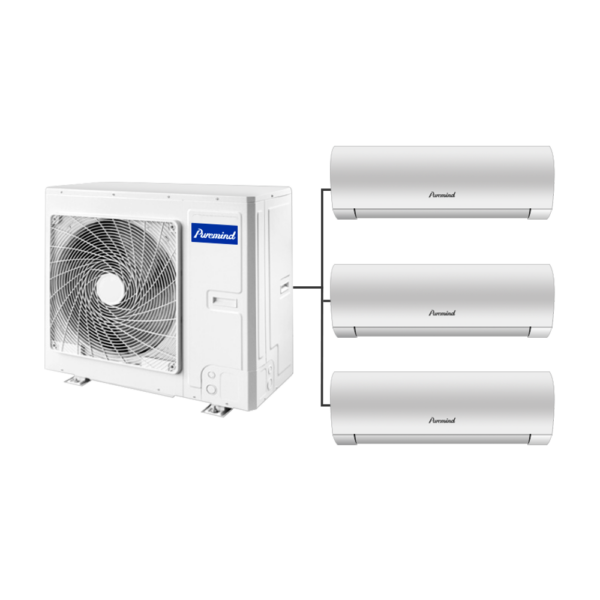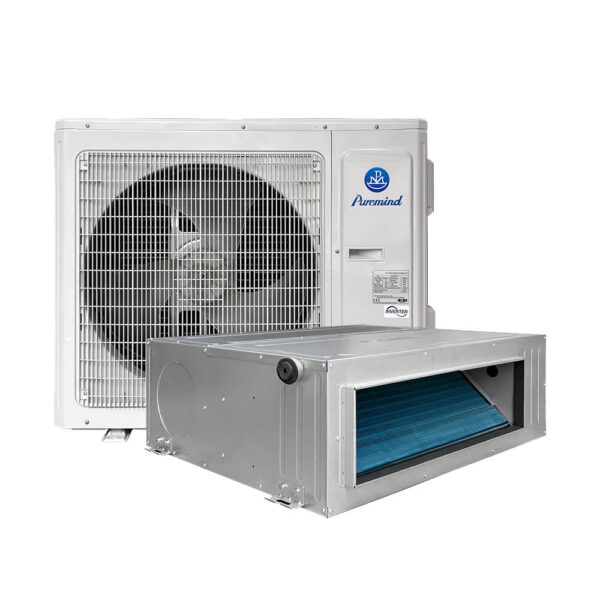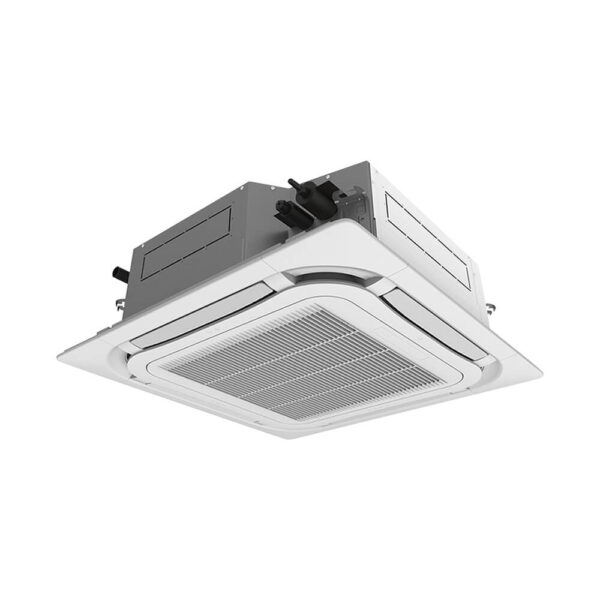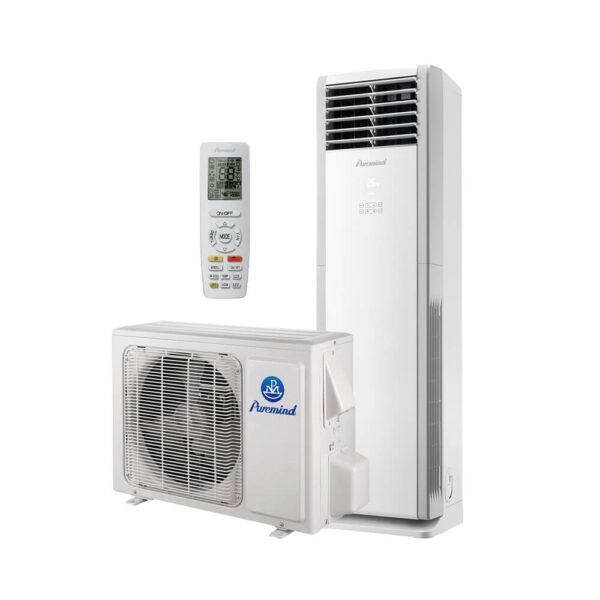HVAC Duct Supplies: A Complete Guide for Wholesalers, Suppliers, and Distributors
In the commercial HVAC industry, hvac duct supplies are the backbone of air distribution. From office buildings and shopping malls to hospitals and data centers, ducts ensure that heating, ventilation, and cooling systems work efficiently. For wholesalers, suppliers, and distributors, managing duct supplies effectively means ensuring product availability, meeting energy codes, and supporting contractors with reliable solutions.
What Are HVAC Duct Supplies?
HVAC duct supplies refer to the components and materials used to build, install, and maintain ductwork in heating, ventilation, and air conditioning systems. These include duct pipes, fittings, insulation, dampers, and connectors. Duct systems are essential in channeling conditioned air through buildings, ensuring comfort, safety, and efficiency.
Why Duct Supplies Matter for Wholesalers
For wholesalers and distributors, duct products represent more than inventory—they represent reliability. Contractors and engineers rely on suppliers for consistent stock, compliance guidance, and competitive pricing. In many large projects, duct availability can determine whether timelines are met.
Key Benefits of Strong Supply Chains
- Reliability: Ensures contractors meet installation deadlines.
- Efficiency: Reduces delays and minimizes cost overruns.
- Compliance: Stocking products that meet international standards strengthens credibility.
- Scalability: Supports growth in new regional or international markets.
Common Types of HVAC Duct Supplies
Distributors handle a wide range of duct products to meet the needs of different building types. Common supplies include:
- Sheet metal ducts (galvanized steel, aluminum)
- Flexible ducts for tight spaces
- Fiberglass duct boards and insulated panels
- Registers, grilles, and diffusers
- Dampers for airflow regulation
- Sealing tapes, mastics, and connectors
- Accessories such as vibration isolators and hangers
The HVAC Duct Supply Chain
The duct supply chain follows a structured process from manufacturer to end user. Each stage impacts cost, efficiency, and compliance:
- Manufacturers: Produce ducts and accessories to meet building standards.
- Wholesalers: Purchase in bulk, manage stock, and provide product variety.
- Distributors: Handle regional delivery to contractors and retailers.
- Contractors: Install ductwork as part of HVAC systems in commercial facilities.
- End Users: Businesses and institutions rely on duct systems for comfort and efficiency.
Best Practices for Wholesalers in HVAC Duct Supplies
Wholesalers and distributors can strengthen their market position by following best practices tailored to duct supply management:
- Forecasting Demand: Use seasonal data to predict supply needs.
- Diversifying Vendors: Reduce risks by sourcing from multiple manufacturers.
- Compliance Monitoring: Stock products that meet IEA efficiency guidelines and local codes.
- After-Sales Support: Provide spare parts, technical guidance, and maintenance kits.
- Digital Tools: Use ERP systems and online ordering to improve accuracy.
Case Study: Duct Supplies in a Hospital Project
A hospital expansion project required advanced duct systems with high filtration standards. The distributor supplied insulated ducts and specialized diffusers to ensure compliance with health regulations. By providing on-time delivery and technical support, the distributor secured a long-term partnership with the contractor. This example highlights how reliable hvac duct supplies directly impact critical projects.
Challenges in the Duct Supply Market
Despite high demand, duct supply faces challenges that wholesalers must navigate:
- Shipping Delays: International logistics can disrupt delivery timelines.
- Rising Material Costs: Steel and aluminum fluctuations affect profitability.
- Energy Standards: Evolving regulations require ongoing stock adjustments.
- Inventory Risks: Balancing stock levels to avoid shortages or overstocks is essential.
How to Choose the Right HVAC Duct Supply Partner
Contractors and facility managers evaluate suppliers based on more than just price. They look for distributors who can provide expertise, compliance, and service.
Selection Checklist
- Does the distributor offer a complete range of hvac duct supplies?
- Do products comply with international and local energy standards?
- Are technical manuals, training, and after-sales services provided?
- Is pricing transparent and competitive?
- Does the distributor support digital ordering and delivery tracking?
Regional Perspectives
The demand for duct supplies varies by region due to climate, building standards, and energy policies:
North America
Strict building codes and sustainability programs drive demand for insulated duct systems and air-sealing products. Wholesalers must keep up with LEED standards and state regulations.
Europe
The EU’s carbon reduction policies require distributors to stock duct products with high efficiency and recyclability. Demand for fiberglass and eco-friendly materials is rising.
Asia-Pacific
Rapid urbanization fuels demand for hvac duct supplies in commercial real estate projects. Regional distributors face logistics challenges due to vast geographic diversity.
Middle East
Extreme climate conditions make durable and corrosion-resistant ducts essential. Distributors focus on high-capacity systems to handle intensive cooling loads.
Future Trends in HVAC Duct Supplies
Looking forward, several trends will shape the future of duct supply:
- Smart Ducts: Integration of sensors to monitor airflow and efficiency.
- Eco-Friendly Materials: Use of recycled metals and low-VOC insulation.
- Digital Supply Chains: Automation for inventory and order accuracy.
- Energy Efficiency: Duct products aligned with global sustainability initiatives.
Conclusion
The role of hvac duct supplies in modern infrastructure is vital. From hospitals to commercial towers, duct systems enable comfort, safety, and compliance. For wholesalers, suppliers, and distributors, managing duct supplies effectively means more than just stock—it means partnerships, compliance, and long-term growth. By embracing digital tools, diversifying vendors, and aligning with global energy goals, distributors can secure their place in the future of HVAC.
For related solutions, check out our split air conditioner category for additional products supporting efficient HVAC operations.







